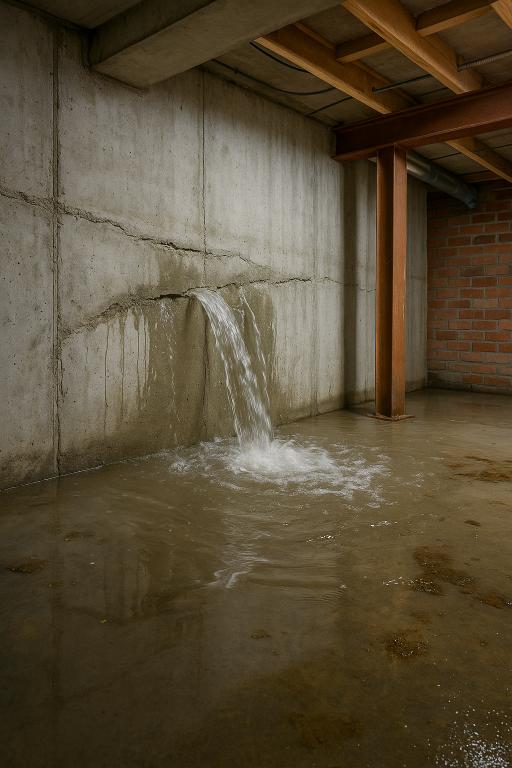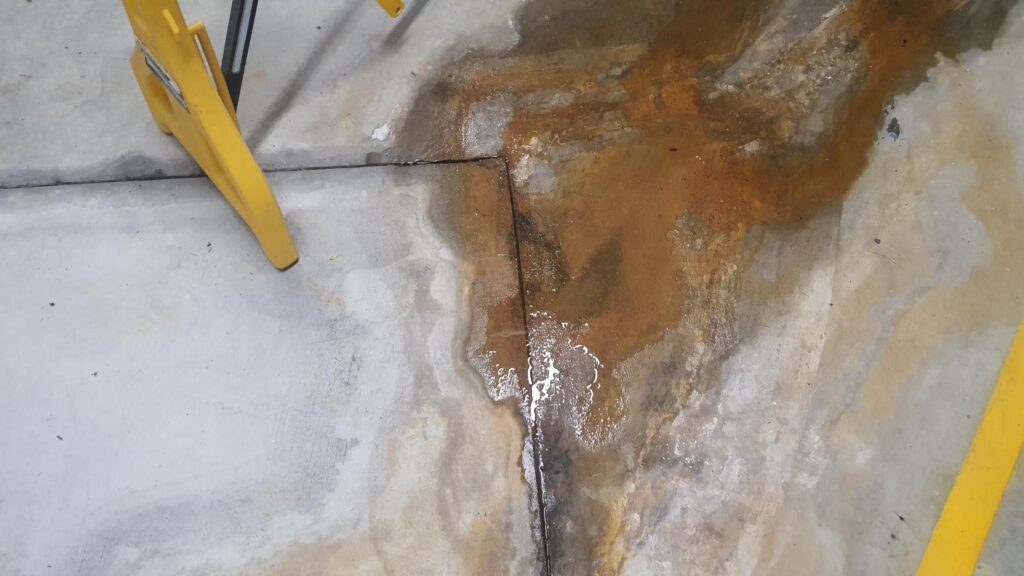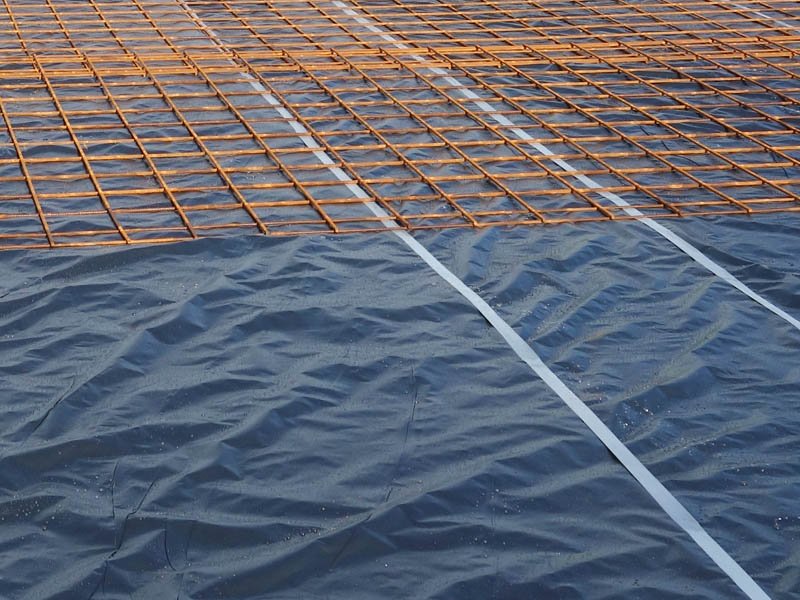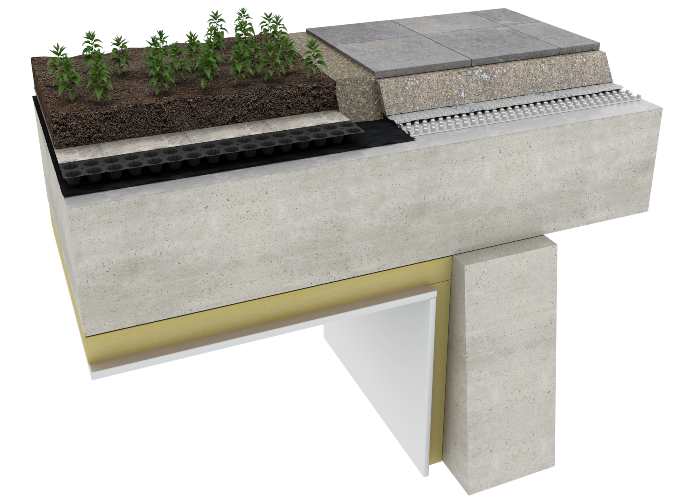Top 10 Waterproofing Mistakes – 100% avoidable
Waterproofing failures are one of the costliest and most common defects in new buildings, and most of them are 100% avoidable.

Waterproofing defects are among the most common and costly failures in modern construction — especially in basements, rooftops, podiums, internal wet areas, planter boxes, liquid retaining structures, and balconies.
The worst part? They’re nearly always preventable.
Having worked on hundreds of investigations and remedial projects, We’ve seen first-hand how simple oversights, poor decisions, or a lack of integration between design and site execution lead to failure.
Here are the 10 most common mistakes we see in new structures when it comes to waterproofing — and how to avoid them.
1. Choosing the Cheapest Quote Over Expertise
The lowest price often sacrifices the most important thing: long-term performance. Waterproofing is not the place to cut corners — fixing a failure is exponentially more expensive than doing it right the first time.
👉 Tip: Choose qualified, experienced consultants and applicators — not just the cheapest on paper.
2. Skipping Independent Peer Reviews
Waterproofing is often designed late and reviewed even later — if at all. A peer review can catch design flaws that save the project thousands, if not hundreds of thousands, in rectification costs.
👉 Tip: Get a waterproofing specialist to review your design before it’s too late.
3. Squeezing Consultants and Contractors Too Hard
Tight fees and unrealistic programs result in rushed work, skipped quality controls, and cheap substitutes. That’s not a waterproofing strategy — that’s a liability.
👉 Tip: Give your team enough budget and time to deliver a robust, buildable solution.
4. Relying Solely on Products to Solve Design Flaws
Waterproofing membranes are not miracle workers. If the structure isn’t designed to shed water naturally, you’re setting yourself up for failure.
👉 Tip: Design with gravity and drainage in mind before relying on membrane systems.
5. Using the Wrong System for the Substrate
Not every waterproofing system suits every application. Substrate moisture, porosity, structural movement, and finish type all matter when choosing the right system.
👉 Tip: Match the waterproofing system to the exact structural and environmental conditions.
6. Poor Detailing at Junctions and Penetrations
Most leaks begin at corners, pipe penetrations, and upturns. These are the weak links in every waterproofing system — and often the most overlooked.
👉 Tip: Spend time detailing these areas with care. They’re where systems succeed or fail.
7. Inadequate Surface Preparation
Even the best membrane will fail if the surface is dusty, damp, cracking, contaminated, or poorly prepared. Surface prep is non-negotiable and often skipped due to time pressures.
👉 Tip: Check and document surface preparation before membrane application. It’s not optional.
8. No QA or Inspections During Application
If the work isn’t inspected before it’s covered up, you may never know it was installed incorrectly — until it fails.
👉 Tip: Include independent inspections and testing as part of your waterproofing strategy.
9. Trade Damage Post-Installation
Membranes get punctured, bridged, or altered by other trades all the time. Lack of coordination means even good installations get ruined after the fact.
👉 Tip: Educate and sequence all trades properly to protect the membrane during follow-on works.
10. No Consideration for Movement or Maintenance
Buildings settle, move, and expand. If your system can’t flex or be accessed later for maintenance, you’re building in risk.
👉 Tip: Design for building movement and future access — not just today’s conditions.
🧠 Final Thoughts
Waterproofing is a system — not a product.
It requires:
Clear and thoughtful design
Proper substrate preparation
Skilled application
Strategic trade coordination
Inspection and long-term thinking
When one part fails, the system fails.
📸 Real-Life Example: This Is What Failure Looks Like

This flooded basement is from a seven-year-old building. Why? All of the above issues — bad design, wrong waterproofing system, poor detailing, no quality control, no understanding of the water dynamics (percolated and perched), no understanding of the alluvium and colluvium soils, and no long-term movement consideration.
💬 Have You Seen These Mistakes?
If you’ve experienced any of the above on your projects — or you’re in the early stages of design or construction — let’s talk.
We help builders, developers, and consultants get it right the first time with peer reviews, system design, diagnostics, and remedial planning.
Let’s stop waterproofing failures before they start.
Why You Need a Waterproofing Specialist in the Design Phase – Not After
Written by Hacène Baleh
23/05/2025
LinkedIn Profile














